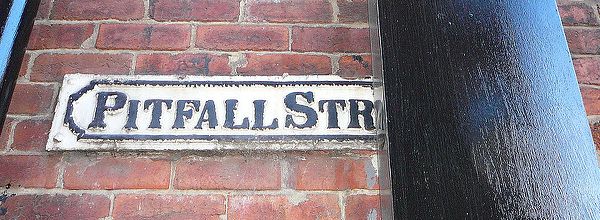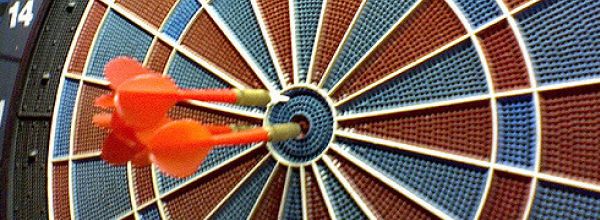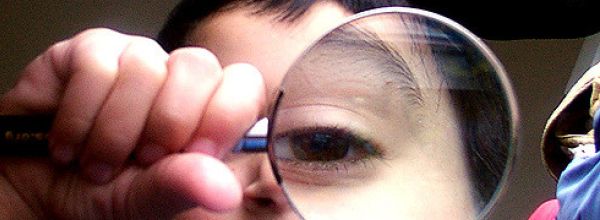The whole TLC technique sounds easy to do, but it can be difficult and tricky during interpretation or give unexpected results, especially when working with biomolecules. For this reason, it is important to be familiar with troubleshooting thin layer chromatography.
Some of the common problems faced during TLC and their solutions are listed below:
Solvent Front Runs Unevenly/Crookedly
- The thickness of the TLC slurry is uneven (usually seen when the TLC plate is prepared on a glass slide). The plate touches the sides of the container/chamber/filter paper.
- The slurry/silica on the slide has fallen off.
No Spots Seen on the Plate
- The concentration/quantity of the sample is too low. You can overcome this problem by spotting the sample multiple times in the same place on the slide (allowing the solvent to dry in between applications).
- The development method needs to be changed.
- There is no compound in the sample due to experimental failure.
- The level of the solvent system is too high. If the level of the solvent system in the chamber is above the spot when the plate is inserted, the compound from the spot will dissolve in the solvent instead of migrating up the plate.
- You may see irreproducible results if you reuse the solvent system for several TLCs. Always make it fresh.
Smeared Blue Spots after TLC
- Using a pen instead of a pencil to draw a start line might cause this as the ink can travel with the solvent system on the TLC plate.
Several Unexpected Spots Seen
- Dropping organic compounds accidentally on the TLC plate or touching the surface of the plate while handling it might result in unexpected spots upon developing the plate.
The Compound Runs as a Streak Rather than a Spot
- Sample was overloaded (applied in excess).
- The polarity of solvent system is inappropriate for the compound. Try a new solvent system.
- The sample contains two or more compounds with slight differences in their polarity (try changing the solvent system).
As has been noted, you might face several problems while performing TLC for any given sample, but with repetition you will move towards perfecting your TLC experiment. Best luck with your TLC.







